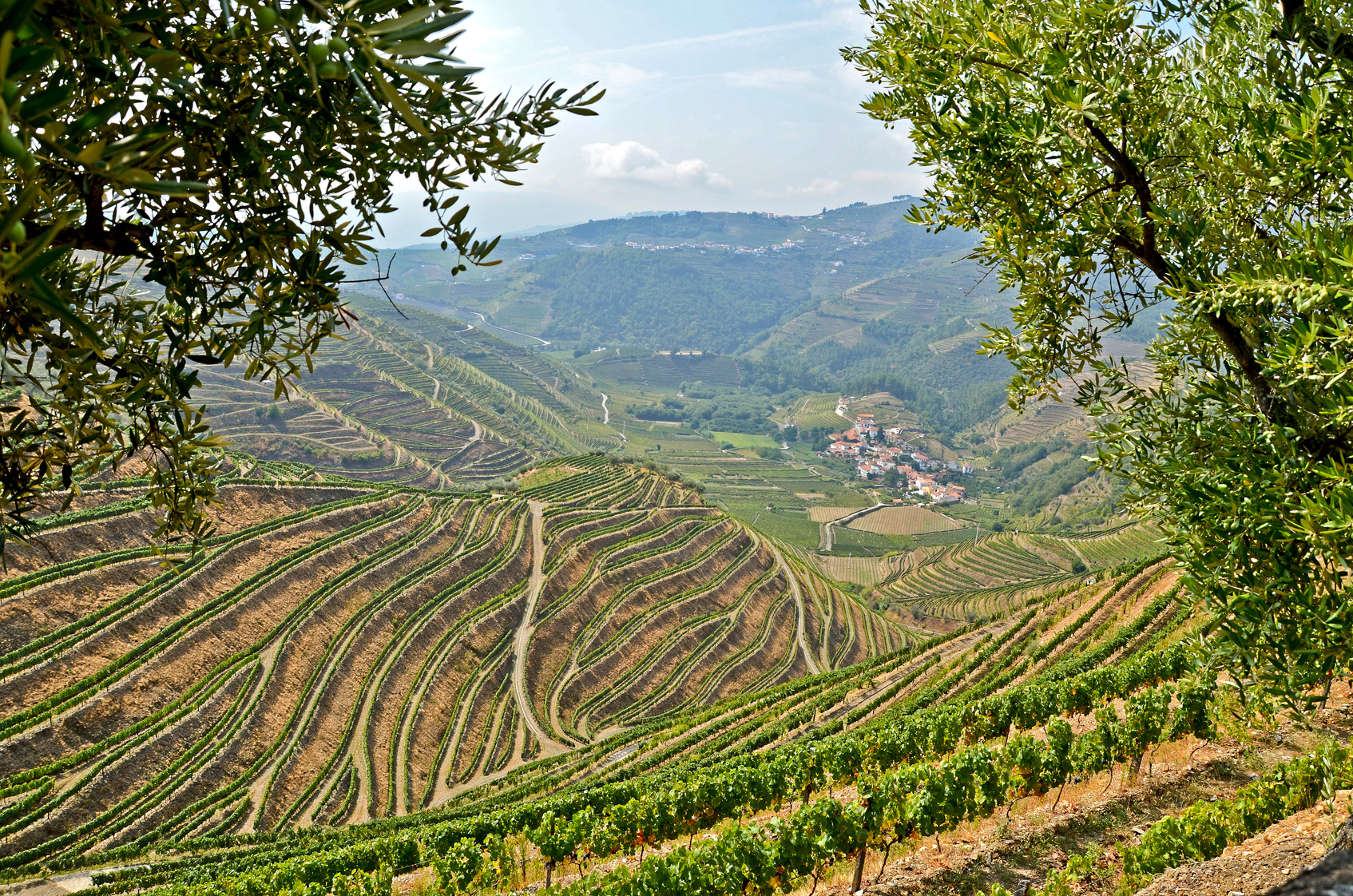It’s beautiful, bountiful, and deeply historical. But how much do you really know about the Douro Valley wine region of Portugal? To give you a brief overview of what makes it so significant, here are 7 interesting facts you may not know about the Douro Valley.
It has a 2,000 year history.
Archaeological evidence shows that wine was being made in the Douro Valley in Ancient Roman times. In fact, the first traces of vines date back even further — 3,000 years, to the Bronze Age — though that era provides little record of wine making, only grape growing. None the less, the 2,000 years of wine making we do know about have shaped the history of this unique region and have made it what it is today.
It was the first formally-demarcated wine region in the world.
Port Wine harks back to the 1600s when Douro wine exporters began to add a little grape brandy to their product in order to help it survive the long sea journey to England. Exports boomed, for a while, but by the mid 1700’s the industry had hit upon rocky times. In 1756 Portugal’s ruler, the Marquis of Pombal, took state control over the Port Wine trade in a bid to turn things around. He had the region marked out with 335 stone pillars and turned it into the world’s first ever wine region to have a formal demarcation.
It’s the only place in the world Port Wine can be made.
Because of the formal demarcation, and the unique characteristics of the land, the climate, and the culture that contribute to the production of Port Wine, it cannot be produced anywhere else in the world. True Port Wine can only originate in the Douro Valley!
The vines grow in rock.
You might expect grape vines to grow in rich, earthy soil, but the Douro Valley ground is actually schist – a slate-like rock crushed to soil. The schist has some unique properties which influence the vines. Because of the crumbly nature of the broken rock, the roots of the vines are able to extend deep into the earth in search of moisture and nutrients. Rainwater collects between the fissures and is retained and distributed. The schist also helps regulate temperature — handy in a harsh climate like the Douro Valley — by reflecting heat upwards, ripening the fruits above while also retaining moisture in the under-layers.
The Douro landscape is one of man vs nature.
The entire landscape of the Douro Valley has been shaped by the wine industry. Often it’s been a case of man toiling against nature, or working with it; either way, the result is a unique balance between the two. One example: the historic stone-walled terraces that rise impressively across the landscapes. These were formed to allow vines to be grown on the dramatically steep hillsides, since cultivating the land would be otherwise near to impossible.
It’s not only for Port.
Even though non-fortified wines have been produced in the region since Roman times, the prevalence of Port overshadowed their reputation for some hundreds of years, and it was only really in the 1950s that high-quality table wines from the Douro started to enter the market. The 1990s was the beginning of a boom time for Douro wines — and these days, the Douro region produces just as much table wine as it does fortified wine.
It’s been recognised by UNESCO.In 2001 UNESCO declared the Douro Valley wine region a World Heritage Site — a testament to its significance if ever there was one. The classification is based on several factors, like the 2,000

